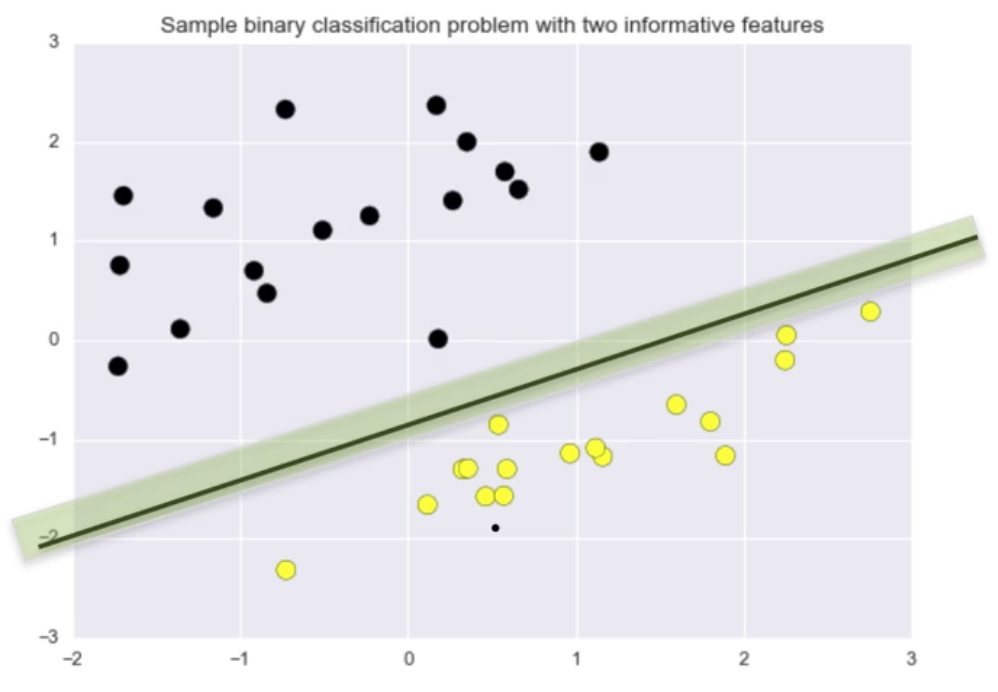

The resulting layered vector representation allows a variety of edits, such as modifying the shape of highlights, adding texture to an object or changing its diffuse colour. It is based on a non-linear diffusion technique. The user can choose to decompose the background further or vectorise it as an opaque layer. We propose a progressive workflow, where the user successively selects a semi-transparent or opaque region in the bitmap, which our algorithm separates as a foreground vector gradient and a background bitmap layer. Specifically, we constrain the foreground colours to vary according to linear or radial parametric gradients, restricting the number of unknowns and allowing our system to efficiently solve for an editable semi-transparent foreground. We make this problem tractable by exploiting the parametric nature of vector gradients, jointly separating and vectorising semi-transparent regions. Semi-transparent layers are especially challenging to extract, since they require the inversion of the non-linear compositing equation. Think of vectorization more as a parametrization of the object, not a complete serialization.We present an interactive approach for decompositing bitmap drawings and studio photographs into opaque and semi-transparent vector layers. from_vector() and from_vector_inplace() can use the object they are called on to rebuild a complete state. The vectorized form of an object does not have to be 'complete'. The length of the resulting vector of a type can be found by querying the n_parameters property. Pointclouds and lots of transforms are too. By expressing the image as a stack of linear color gradients, our vector graphics reproduce the visual style. Lots of things are vectorizable, not just images. or semi-transparent linear color gradient (b).

This distinction means that much of menpo's image algorithms work equally well with masked or unmasked data - it's the Vectorizable interface that abstracts away the difference between the two. Calling as_vector() on a Image returns all of the pixels in a single strip, whilst on a MaskedImage only the true pixels are returned. Key PointsĮach type defines it's own form of vectorization. The vector operation is completely general, and could have equally been

Afterwards the vector is converted the back into an image. Vectorized, and an arbitrary process f() is performed on it's vector Simultaneously providing efficient linear algebra routines. Vectorizing allows Menpo to have rich data types whilst from_vector_inplace() - alter an object inplace to take on the new state.from_vector() - rebuild one of our types from a vector.as_vector() - generate a vector from one of our types.You'll find the key methods of Vectorizable are extensively used in menpo. Through this, any type can be safely and efficiently converted to a vector form and back again. Menpo bridges the gap by naively supporting bi-directional vectorisation of it's types through the Vectorizable interface. This is a complex problem to solve in a vector space representation of the image, but trivial to solve in the image domain. In this high dimensional space we may perform any number of operations, but normally we can't stay in this space for the whole algorithm - we normally have to recast the vector back into it's original domain in order to perform other operations.Īn example of this might be seen with images, where the gradient of the intensity values of an image needs to be taken. Computer Vision algorithms are frequently formulated as linear algebra problems in a high dimensional space, where each asset is stripped into a vector.


 0 kommentar(er)
0 kommentar(er)
